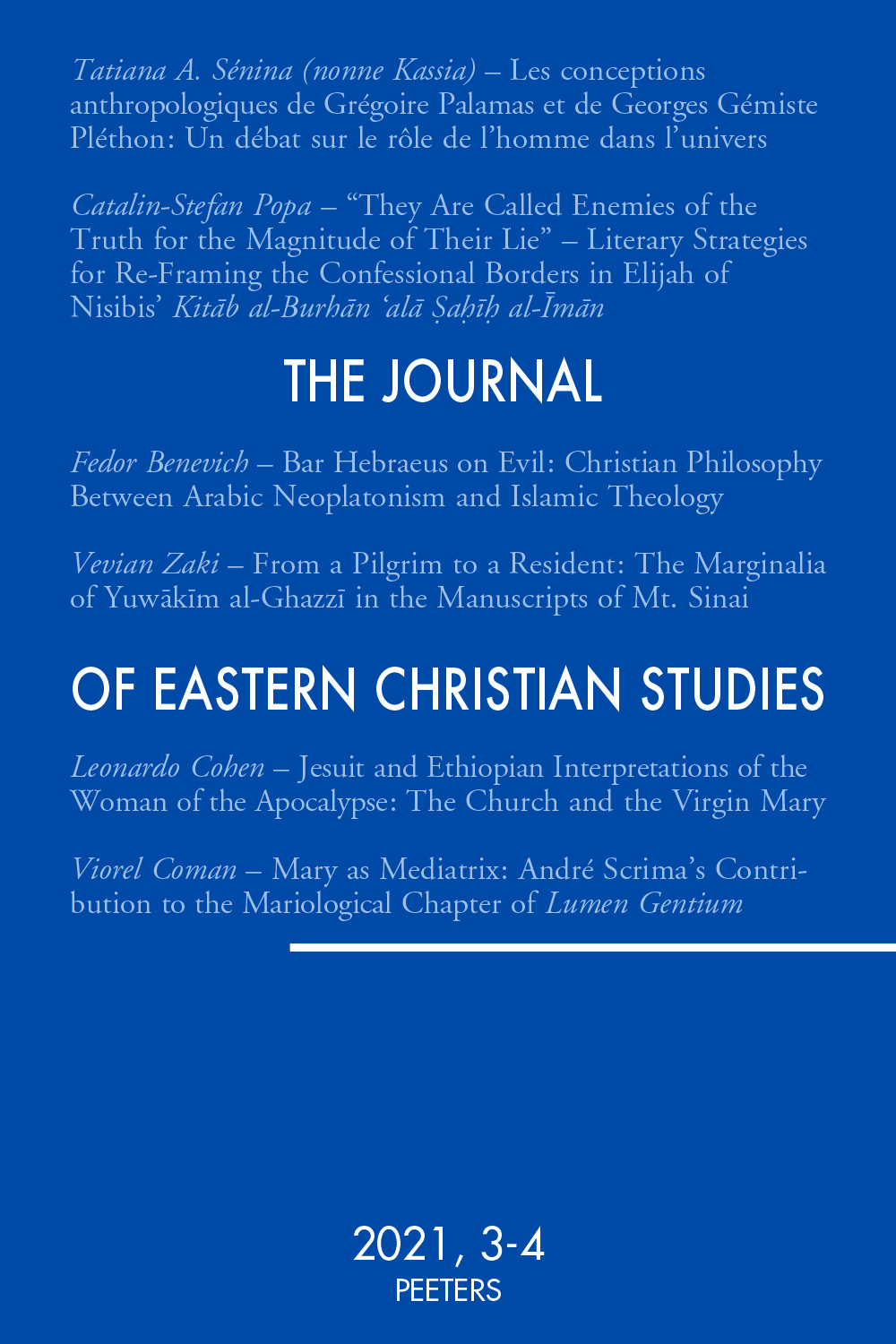 previous article in this issue previous article in this issue | next article in this issue  |

|
Document Details : Title: Iconen in het Nabije Oosten Author(s): IMMERZEEL, M. Journal: Journal of Eastern Christian Studies Volume: 49 Issue: 3-4 Date: 1997 Pages: 233-258 DOI: 10.2143/JECS.49.3.2003074 Abstract : Icons in the Middle East It is little known that apart from Eastern Europe and Greece icons can also be found in the Near East, in particular in the Lebanon, Syria and Egypt. Some of the oldest remaining icons (7th-8th cent.) were discovered in the Monastery of Saint Catherine in the Sinai, where they escaped from destruction during the period of iconoclasm (726-843). It is likely that during the Middle Ages too icons were painted in the Near East. However, only a few medieval examples have survived. In the Ottoman period icon painting started to flourish again, first in Syria (17th cent.), where an important atelier was founded in Aleppo, and later also in Egypt (18th cent.). Remarkable is the presence of Palestinian artists in Coptic ateliers during the 18th/19th cent. It seems that Jerusalem was in fact the most important centre of icon painting during this period. One of the reasons for this is, that, as the centre of the Christian world, the city was visited by pilgrims: potential clients of the icon ateliers. Consequently, artists from this city also exercised their profession in cities like Damascus and Cairo, while icons from Jerusalem were spread all over the Near East. Several objects were specially developped for pilgrims, such as the proskynetarionand the painted fishhead. |
